Dr. Jane
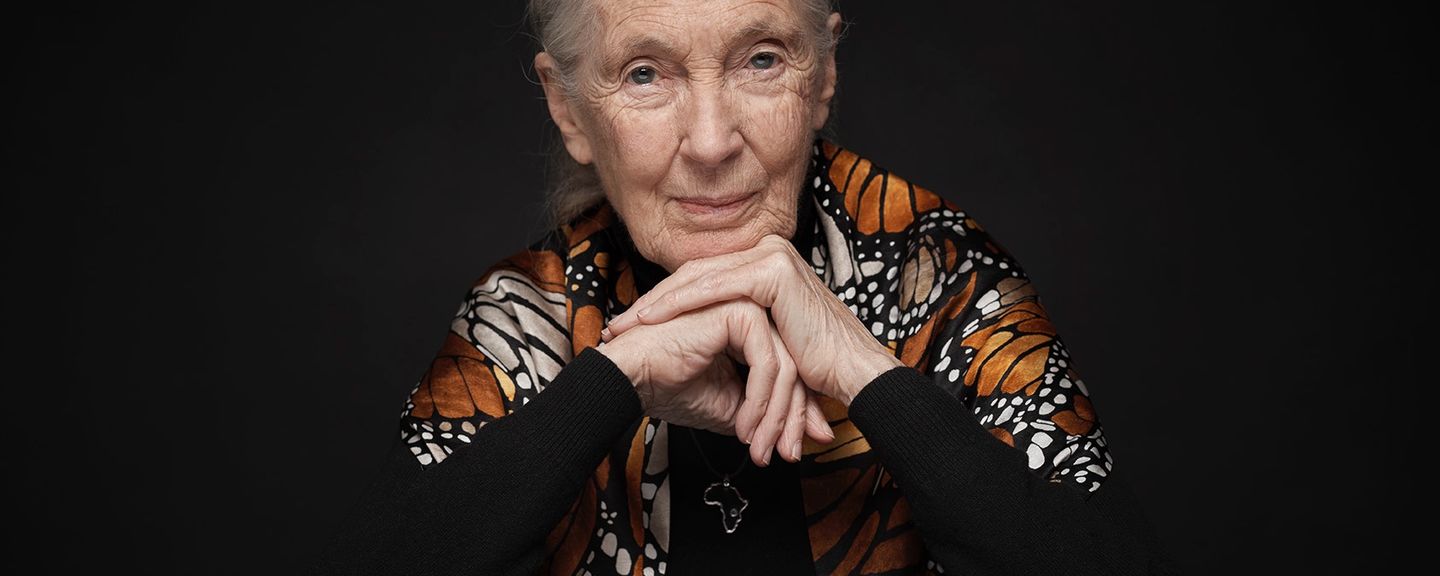
85 YEARS, MILLIONS INSPIRED, ONE OF A KIND.
“What you do makes a difference, and you have to decide what kind of a difference you want to make.” — Jane Goodall
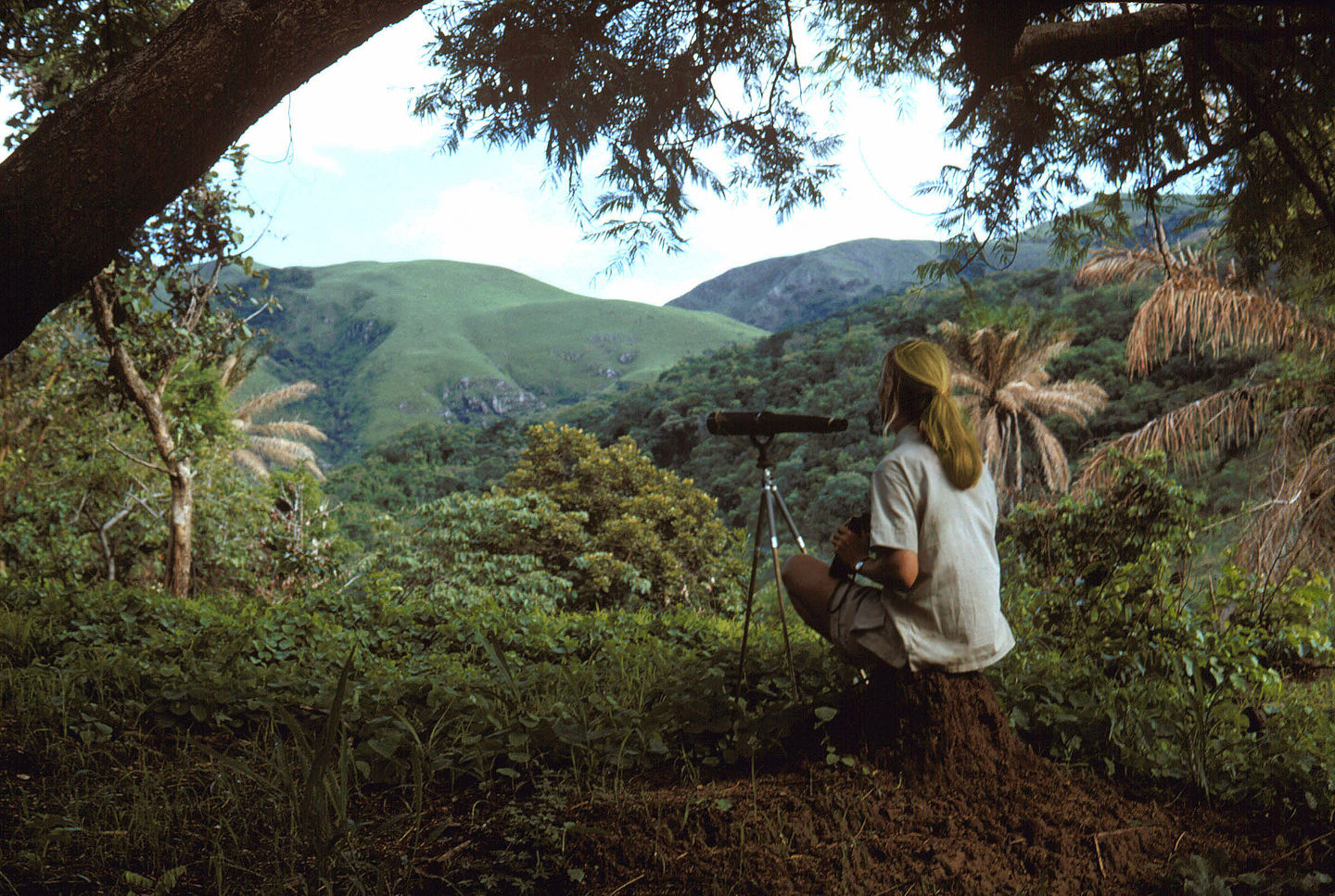
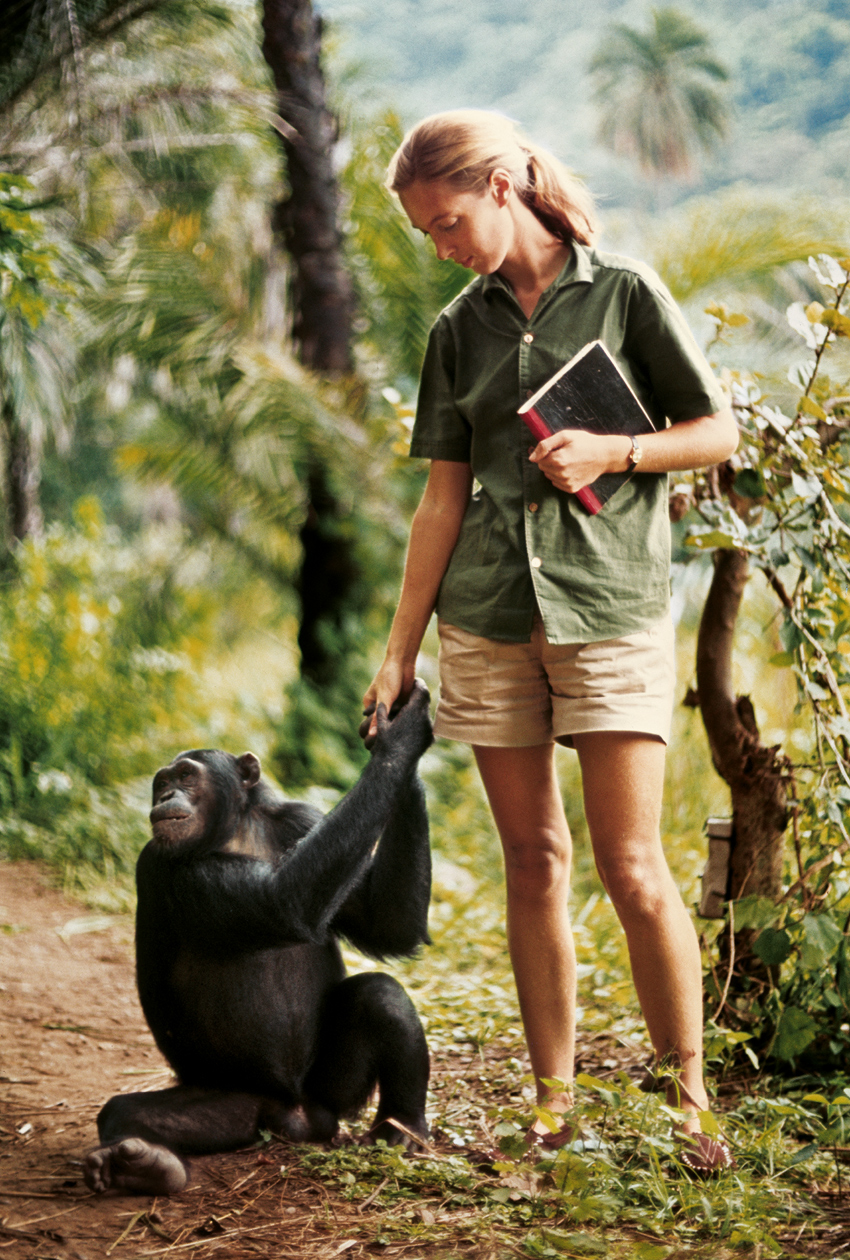

In 1957, at the age of 23, Jane travels to Kenya by boat and whilst visiting met famous anthropologist and palaeontologist Dr Louis S B Leakey. A meeting that would change her life.
Jane impressed Leakey with her knowledge of Africa and its wildlife to the extent that he hired her as his assistant. When Leakey and Jane begin a study of wild chimpanzees on the shore of Lake Tanganyika, British authorities resist the idea of a young woman living among wild animals in Africa. They finally agree to Leakey's proposal when Jane's mother Vanne volunteers to accompany her daughter for the first three months. On July 14, 1960, Jane and Vanne arrive on the shores of Gombe Stream Chimpanzee Reserve in western Tanzania.
But studying the chimpanzees of Gombe was not easy. The animals fled from Jane in fear. With patience and determination she searched the forest every day, deliberately trying not to get too close to the chimpanzees too soon. Gradually the chimpanzees accepted her presence.
Jane observes meat-eating for the first time October 30, 1961. Later, she saw the chimpanzees hunt for meat. These observations disprove the widely held belief that chimpanzees are vegetarian.
On November 4, 1961, Jane observed David Greybeard and Goliath making tools to extract termites from their mounds. They would select a thin branch from a tree, strip the leaves and push the branch into the termite mound. After a few seconds they would pull out the termite-covered stick and pick off the tasty termites with their lips.
This becomes one of Jane's most important discoveries. Until that time, only humans were thought to create tools. On hearing of Jane's observation, Leakey famously says: "Now we must redefine tool, redefine Man, or accept chimpanzees as humans."
Jane's work in Gombe becomes more widely known and in 1962 she was accepted at Cambridge University as a PhD candidate, one of very few people to be admitted without a university degree. Some scholars and scientists give Jane a cold reception and criticise her for giving the chimpanzees names. "It would have been more scientific to give them numbers", they say.
Jane had to defend an idea that might now seem obvious: that chimpanzees have emotions, minds and personalities. Jane earned her PhD in ethology (the study of animal behaviour) in 1965.
Also in 1965, National Geographic granted funds for the construction of aluminum buildings at Gombe and with these first permanent structures on the site, the Gombe Stream Research Centre was born.
In 1977, Jane founds the Jane Goodall Institute for Wildlife Research, Education and Conservation.
In 1984, Jane begins groundwork for ChimpanZoo, an international research programme of the Jane Goodall Institute dedicated to the study of captive chimpanzees and to the improvement of their lives through research, education and enrichment.
In 1986, at scientific conference Jane and fellow attendees were stunned as consecutive speakers make clear the extent of habitat destruction across Africa and its threat to chimpanzee survival.
Jane left the conference knowing that she must leave Gombe behind, and work to conserve wild chimpanzees.
After Gombe
In 1991, Jane and 16 Tanzanian students founded Jane Goodall's Roots & Shoots, JGI's global environmental and humanitarian education programme for young people.
The Lake Tanganyika Catchment Reforestation and Education project (TACARE) was launched in 1994. This programme helps communities situated around Lake Tanganyika to create sustainable livelihoods agriculture, micro-finance initiatives and education as a means to conserve local habitat and animal species.
On April 16, 2002, United Nations Secretary-General Kofi Annan apponited Jane to serve as a United Nations Messenger of Peace.
Jane was made a Dame of the British Empire (the equivalent of a knighthood) in 2004 during a ceremony at Buckingham Palace in London. In 2006, Dr Goodall received the French Legion of Honor, presented by the Prime Minister Dominique de Villepin, as well as the UNESCO Gold Medal Award.
Dr Goodall’s list of publications includes Hope for Animals and Their World: How Endangered Species are Being Rescued from the Brink, two overviews of her work at Gombe — In the Shadow of Man and Through a Window — as well as two autobiographies in letters, the best-selling autobiography Reason for Hope and many children's books. The Chimpanzees of Gombe: Patterns of Behaviour is the definitive scientific work on chimpanzees and is the culmination of Dr Goodall's scientific career.
Jane has been the subject of numerous television documentaries and is featured in the large-screen format film Jane Goodall's Wild Chimpanzees (2002). She also has been featured in five Animal Planet specials—Jane Goodall’s Return to Gombe, Jane Goodall’s State of the Great Ape, Jane Goodall’s Heroes, When Animals Talk and most recently, Almost Human.
'JANE' The Movie
Transcends the boundaries of both nature films and biographies. Its epic elements of adventure, romance, and spiritual connection possess a sweep equal to any narrative film. A wondrous, moving, and truly stirring portrait that puts us right there with Goodall to share in her discoveries, propelled by the majestic sounds of Philip Glass. This is a truly stirring legacy portrait.
Drawing from over 100 hours of never-before-seen footage that has been tucked away in the National Geographic archives for over 50 years, award-winning director Brett Morgen tells the story of JANE, a woman whose chimpanzee research challenged the male-dominated scientific consensus of her time and revolutionized our understanding of the natural world.
Set to a rich orchestral score from legendary composer Philip Glass, the film offers an unprecedented, intimate portrait of Jane Goodall — a trailblazer who defied the odds to become one of the world’s most admired conservationists.
What is Jane Doing Right Now?
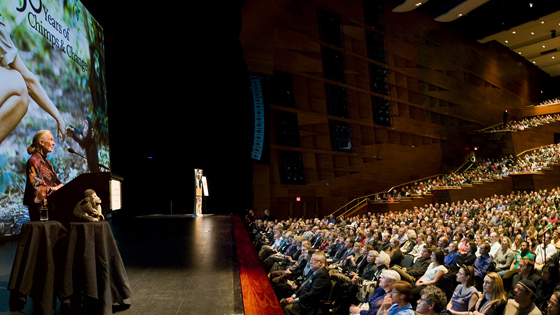
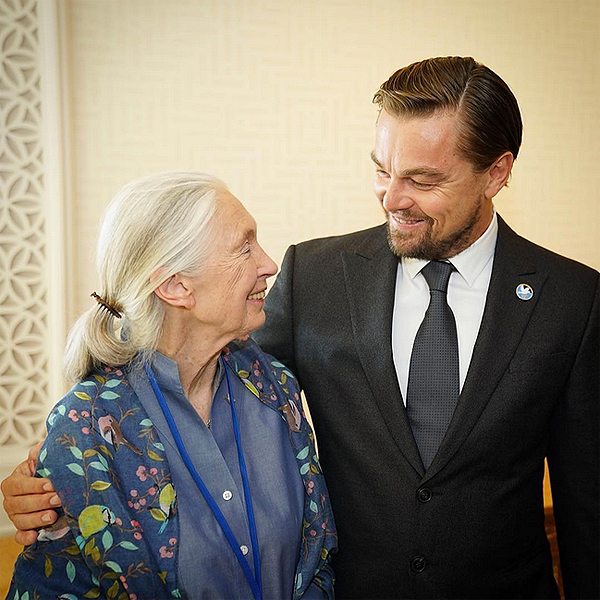
Dr Jane continues her work today, traveling an average of 300 days per year to visit schoolchildren and speak in packed auditoriums about the threats facing chimpanzees, other environmental crises, and her reasons for hope that humankind will ultimately solve the problems it has imposed on the earth. Dr. Jane continually urges her audiences to recognize their personal responsibility and ability to effect change. "Every individual matters," she says. "Every individual has a role to play. Every individual makes a difference."
Dr. Jane spends most of her time carrying her conservation message and vision of cooperation all around the world. She is not able to spend much time at the Gombe Stream Research Centre. The time Jane is able to spend there with the chimps is precious and invigorating.